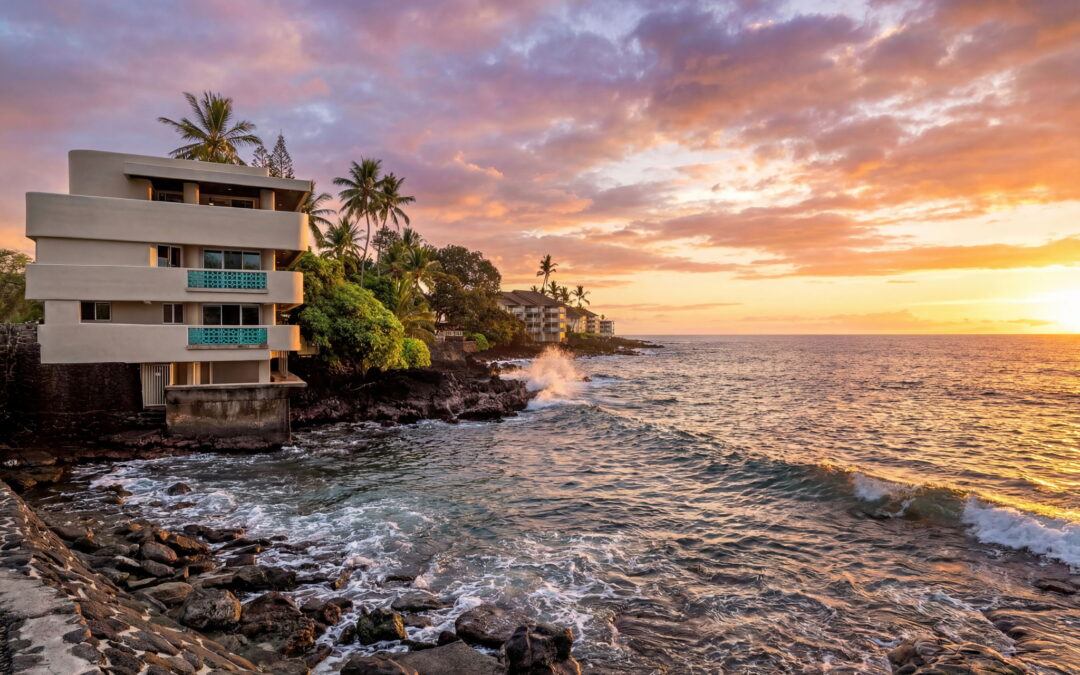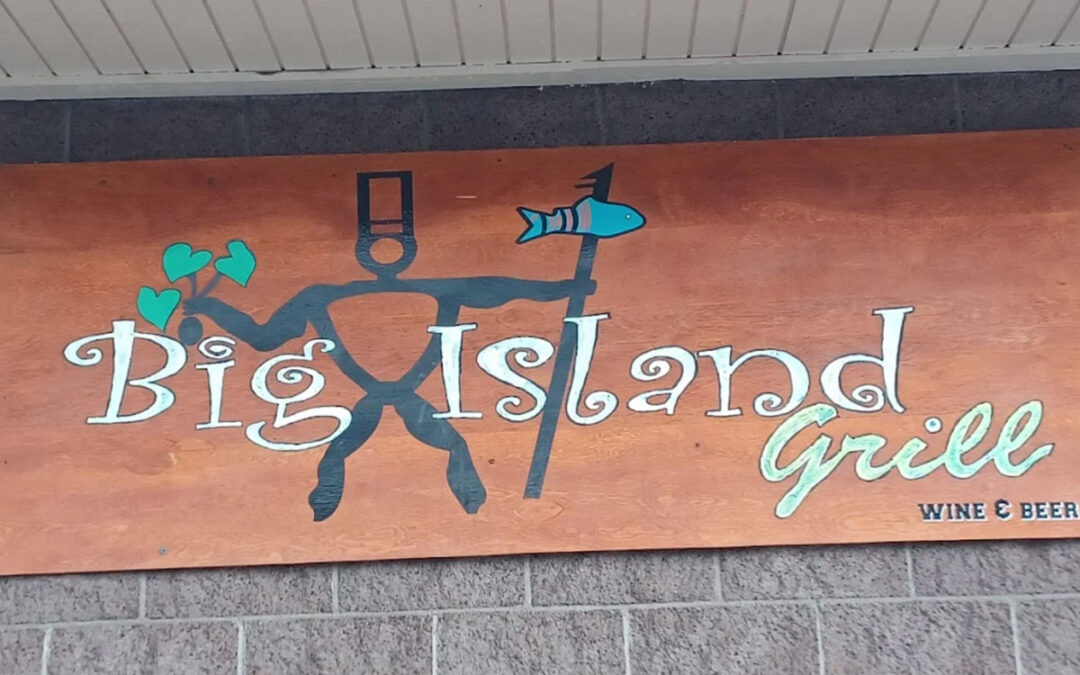There’s no question that this summer’s gas prices have taken a chunk out of everyone’s wallet. We’re no different. This is the first time I can remember that our family has made a concerted effort not to use the car. We’ve been walking and riding bikes to the nearby grocery store and using light rail for everything from the Rockies game to dinner downtown. The philosophy in our house is this: If we’re going to drive, we make it count by planning well and accomplishing many things in one trip.
This same scenario is being played out with families all around the country, but the driving force is not just gas prices. It’s also the cost of heating, air conditioning and using more energy-efficient lights and appliances. We’re now living in an era where energy efficiency will be a major priority.
Earlier this summer, I interviewed Chris Lattimer, president of the Lattimer Group. They do consulting for real estate investment with emerging markets. Chris mentioned that one of the hottest investment areas right now is TOD, or Transit Orientated Development. TOD includes different types of mixed-use real estate that’s located within a certain proximity to public transportation systems, hubs or stops. Chris is excited about this opportunity for his investors because he sees people using rapid transit more than ever before, and he has also seen people who previously wouldn’t dream of moving closer to the city express interest in leaving the suburbs.
Does this signal the end of suburban sprawl? Just a few years ago it was cool or fashionable to live in a downtown loft. Now, it’s convenient and necessary. Think about it for a moment … you can walk outside your building, get on light rail and head to work. That evening you come home on light rail, stopping by the grocery store that happens to be on the street level of your building. For entertainment, you ride your bike to the park. Wait a minute. Doesn’t that sound much like how it used to be for our grandparents…riding trains and bikes?






